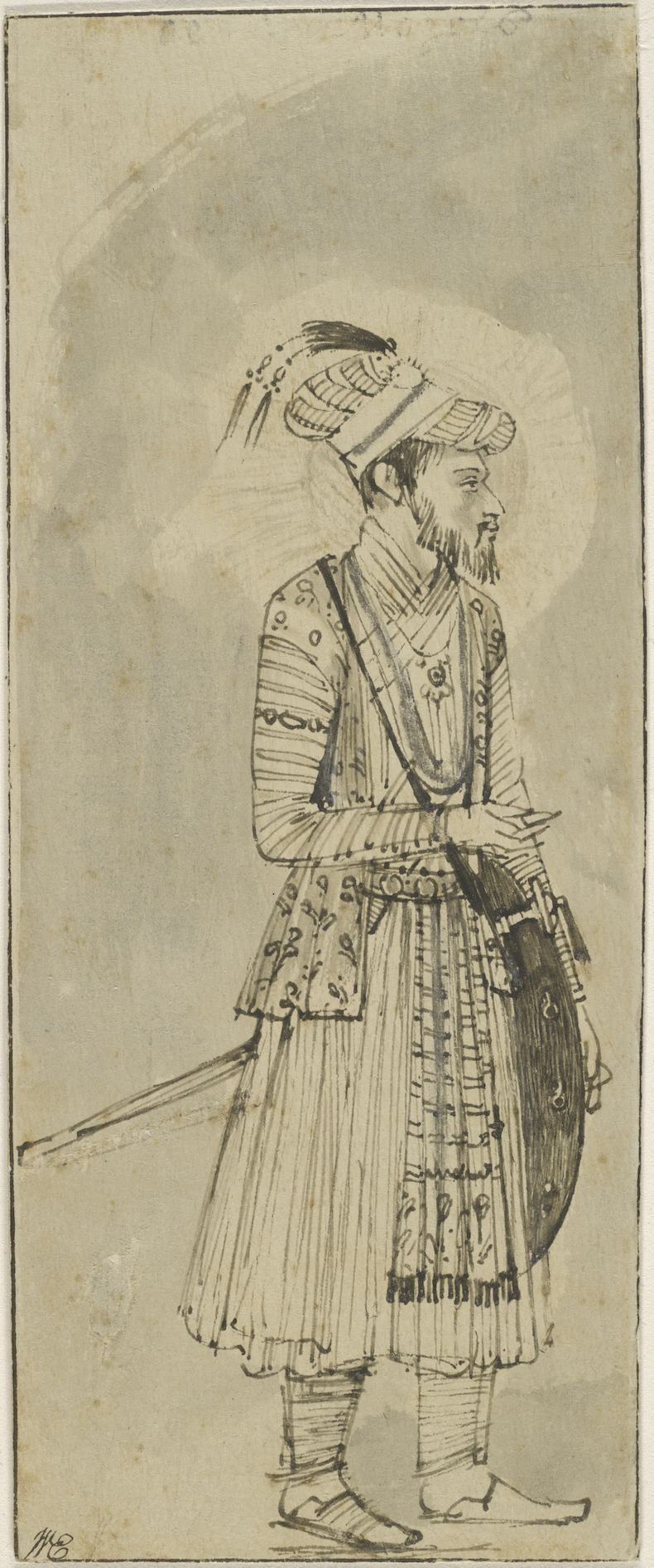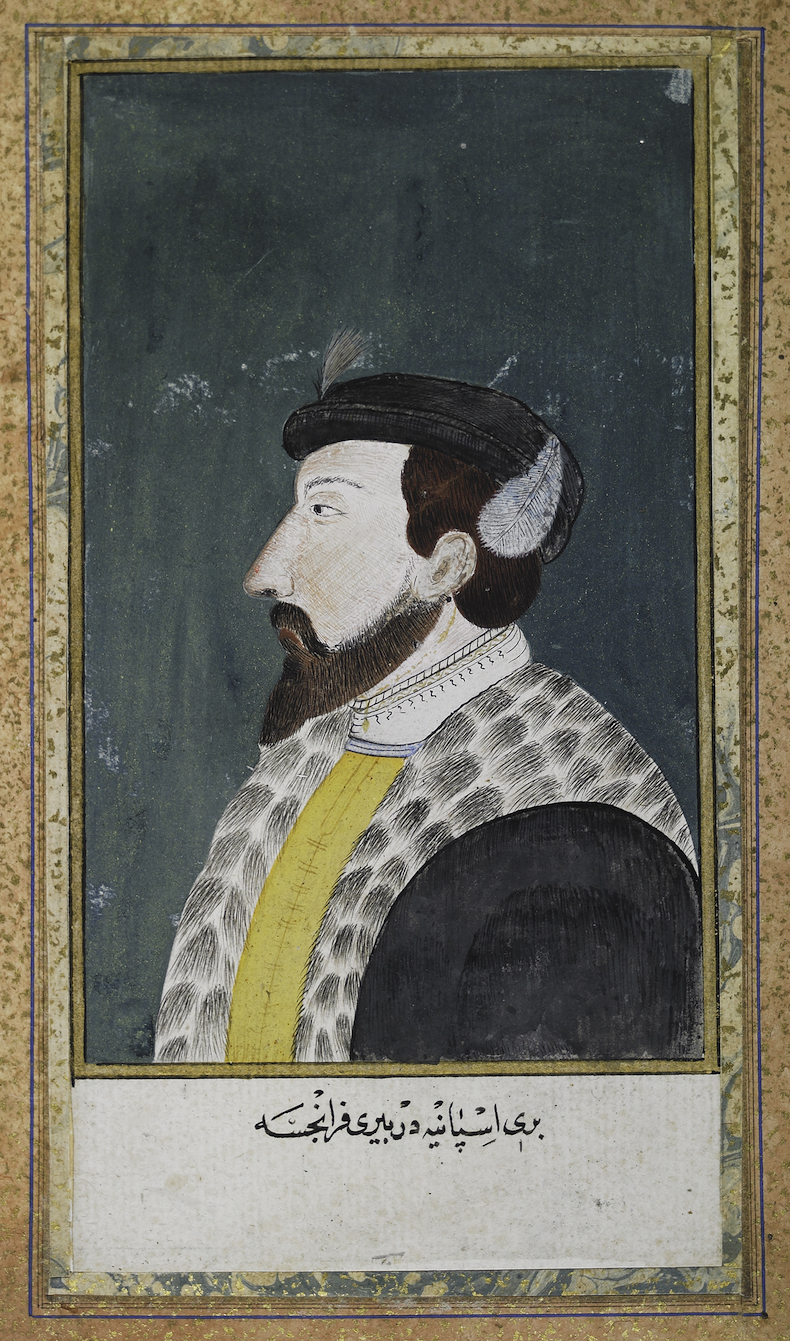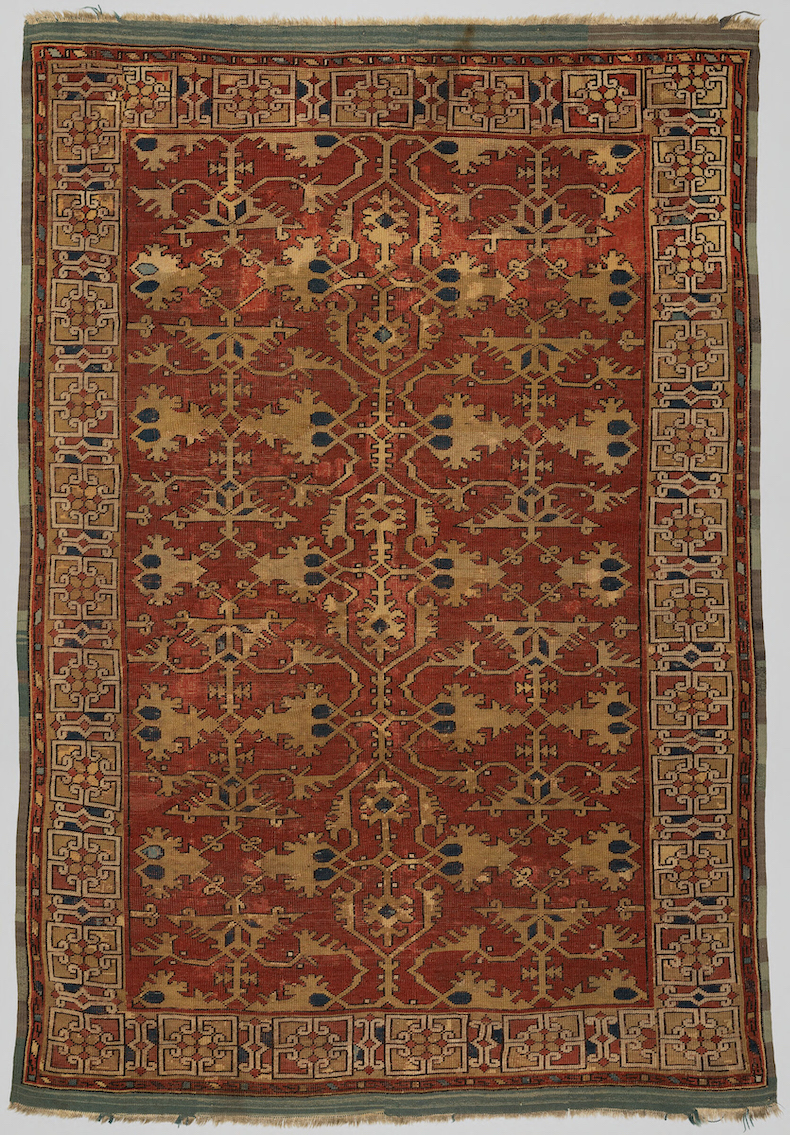This spring, an exhibition at Harvard Art Museums looks at three centuries of cultural exchange between the Low Countries and the Islamic world, most notably the Ottoman, Safavid and Mughal empires (18 May–18 August). As they maintained diplomatic relations, the regions incorporated elements of each other’s culture into their own locales; for example, the tulip – which remains the national flower of the Netherlands – was first imported from the Ottoman empire in the 16th century. This shared history is represented in some 120 objects, textiles, drawings and paintings, with highlights including a drawing by Rembrandt of Mughal emperor Aurangzeb and Ottoman portraits of French kings.
Find out more from the Harvard Art Museum’s website.
Preview below | View Apollo’s Art Diary
Portrait of Aurangzeb (after a Mughal painting) (c. 1655), Rembrandt van Rijn. Photo: courtesy Harvard Art Museums; © President and Fellows of Harvard College

Portrait of Charles V, Holy Roman Emperor (1566–74), Haydar Reis. Photo: courtesy Harvard Art Museums; © President and Fellows of Harvard College

Lotto carpet (18th century), Turkey. Photo: courtesy Harvard Art Museums; © President and Fellows of Harvard College




